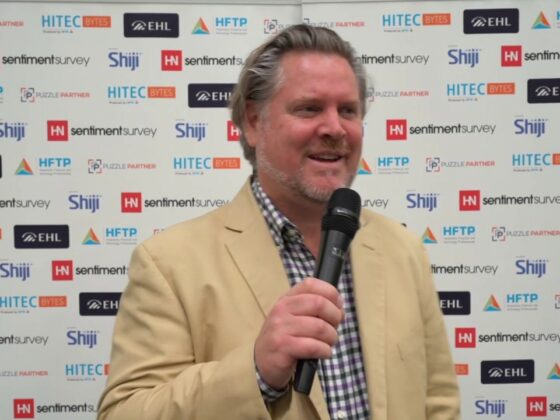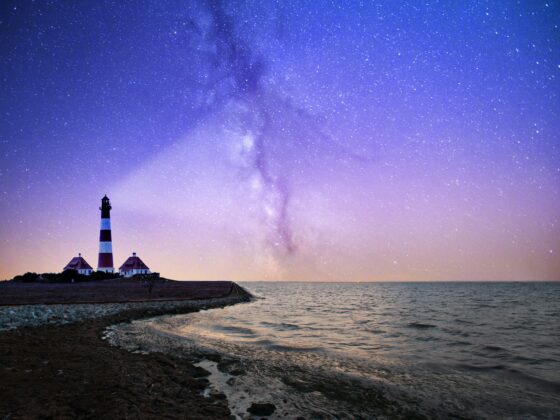Why playing it safe will never build a cult brand
For anyone who’s worked in brand marketing, the cycle is all too familiar: the big idea gets diluted with every meeting, watered down by internal fears and opinions until it’s unrecognizable. It’s the death of creativity by a thousand compromises. On my laptop, I keep a folder titled “Ideas That Never Saw Daylight,” filled with concepts that felt too daring for their time. Moodboards that will never be rendered. Campaigns that will never leave pitch decks. These ideas are waiting for a brand bold enough to embrace them.
But here’s the irony: Risk isn’t a luxury in brand marketing—it’s essential. Risk isn’t just a creative strategy; it’s a business strategy.
Case Study: MSCHF
Few understand risk better than MSCHF, the art collective that lives to provoke. They’ve turned risk into an ethos, using creativity to challenge norms and spark conversations:
-
Damien Hirst’s “The Currency” dissected: MSCHF purchased one of Hirst’s $30,000 spot paintings from his The Currency series, cut it into hundreds of individual dots, and sold each one for $480. The math? Over $100,000 in profit—and a commentary on the commodification of fine art.
-
Birkinstocks made of Hermès Birkin bags: By slicing up Hermès Birkin bags, some costing upwards of $70,000, MSCHF crafted Birkenstocks with gold vermeil buckles and genuine Birkenstock cork soles. Loved by some (Birkenstock fans included) and hated by others (Hermès), they sold out instantly, each pair fetching between $34,000 and $76,000.
-
The “Satan Shoes” frenzy: A collaboration with Lil Nas X, these Nike Air Max 97s featured pentagram charms, an inscription of Luke 10:18, and a drop of human blood mixed into the soles. Limited to 666 pairs, they sold out within minutes at $1,018 each, sparking outrage, a lawsuit from Nike, and weeks of media coverage.
These aren’t just stunts—they’re statements. MSCHF uses risk to critique and reshape the very culture it profits from. They don’t just make products; they create cultural artifacts, appreciated and consumed by the creative class. MSCHF operates at the intersection of art, commerce, and law, building relevance by asking bold questions: What can a product say? What rules can we challenge? How can we turn controversy into conversation?
Risk Is Remembered
Brands that take risks don’t just follow culture—they shape it. Think of Colin Kaepernick for Nike, Louis Vuitton x Supreme, or Benetton’s provocative ads in the 1990s. These weren’t just marketing moments; they were cultural turning points.
Conversely, who remembers the safe campaigns? No one. Risk is what gets remembered. It creates thought. It sparks conversation. It endears brands to the audiences that influence culture most. In twenty years, will we tell our grandchildren about Sweetgreen’s Naomi Osaka Bowl? I fear not. But Dove’s “Real Beauty” campaign? That’s the kind of bold statement that becomes a lasting cultural touchstone.
In an age of overstimulation, where everything vies for our attention, the only way to truly stand out is to take risks that resonate deeply with your values and those of your audience.
Risk Isn’t Risky If It Reflects Culture
Risk-taking in marketing often mirrors larger cultural shifts. In the early 2020s, I pitched a men’s beauty campaign to a major retailer—focusing on the real, everyday guy. Think Midwestern dads trying tinted sunscreen for the first time or young Black men learning how to care for their hair. At the time, this felt radical. Men’s beauty was still largely untapped, existing only in glimpses: James Charles as CoverGirl’s first male ambassador or the unforgettable Isaiah Mustafa as Old Spice’s “guy on a horse.” But a full-fledged campaign targeting everyday men? That was new territory.
Yet, the cultural signals were there if you looked closely. Queer Eye for the Straight Guy was emerging a cultural force, showing that men were open to rethinking grooming and self-expression. Meanwhile, Harry Styles was challenging gender norms on global stages, making fluid fashion and beauty a mainstream conversation starter. It was the perfect moment to take a chance—and the results proved it.
We launched the campaign with half the budget of the women’s counterpart, but it doubled the reach and engagement. Men felt seen. Girlfriends and wives felt seen. By the next year, the budget had doubled, too.
The lesson? Risk doesn’t exist in a vacuum—it thrives when it reflects the zeitgeist.
How To Make A Calculated Risk
So how do you move beyond theory and start taking calculated creative risks? It begins with three critical steps:
-
Empathize With Your Core Audience: Start with the people you are genuinely trying to reach—not the masses, but your core. What are their frustrations, unmet needs, or aspirations? Risk becomes less risky when it’s grounded in a deep understanding of your audience.
-
Look Outside Your Industry for Inspiration: Break out of the echo chamber. Apple brought luxury retail principles from Burberry into its stores. How would an architect, a filmmaker, or a behavioral psychologist approach your brand challenge? Cross-pollination of ideas leads to fresh, innovative solutions.
-
Test Before You Leap: Risk doesn’t mean throwing millions at the wall to see what sticks. As Alberto Savoia explains with his concept of pretotyping, find inexpensive ways to validate your ideas. Use quick tests or limited releases to prove your concept and gather data—data that can cut through opinions in the boardroom.
Risk Isn’t Optional
The brands at the top of culture today are the ones willing to leap. Risk isn’t optional anymore; it’s essential. In a sea of sameness, risk isn’t just what makes you stand out—it’s what gives you longevity.
So, ask yourself: What legacy do you want to leave? What risk are you willing to take to get there?









